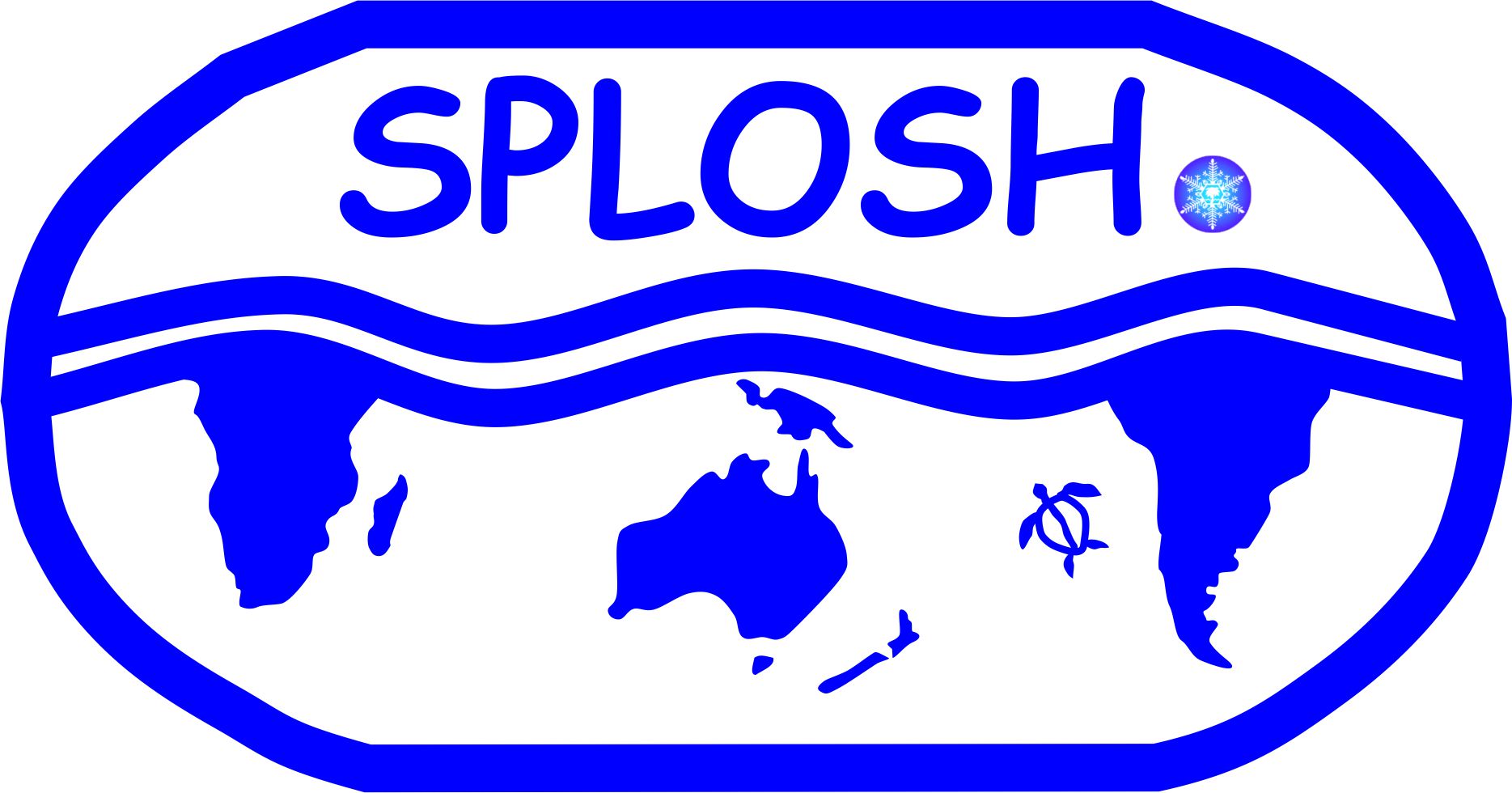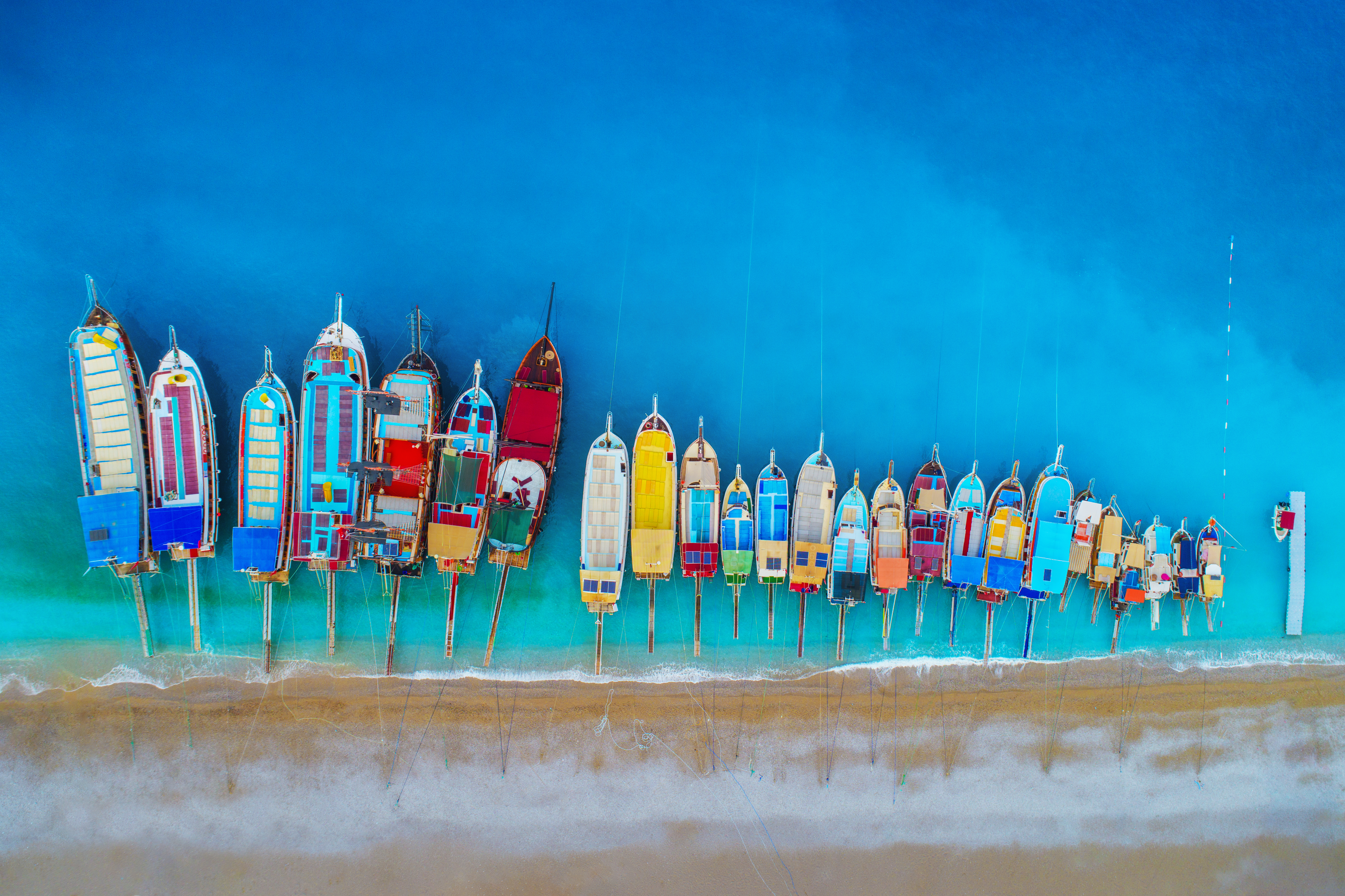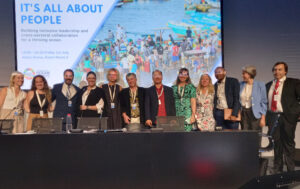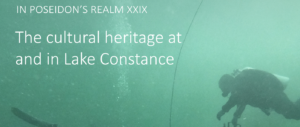SPLOSH 2020 – Workshop on Southern Hemisphere perspectives on Submerged Palaeolandscapes
By Ingrid Ward, on behalf of the SPLOSH committee
The study of submerged coastal landscapes and human occupation records has rapidly emerged as a key topic in Quaternary science in the last couple of decades aided by new and higher-resolution technologies and focused research programs. These are only beginning to be translated into the Southern Hemisphere which, with its wide range of latitudes (from ~12ºN to ~56ºS) and climatic and biogeographic contexts, presents a whole suite of different challenges and opportunities.
This year a new international focus group on Submerged Palaeolandscapes of the Southern Hemisphere (SPLOSH) was set up. Funded by INQUA for 2020 – 2023, the SPLOSH focus group aims to increase awareness of submerged landscapes and environmental changes in the Southern Hemisphere and provide a platform for scientific exchange and interdisciplinary collaboration to help strengthen the importance of research in this region. On 22nd October, SPLOSH held the first of a series of annual workshops aimed at showcasing and exploring current submerged landscape research in the Southern Hemisphere. Due to COVID, this workshop was held online and attracted over 100 registrants. The following provides a brief overview of what was presented.
From the global perspective, there is a growing interest and application of Indigenous Knowledge in environmental and marine resource management as part of a shared heritage. Hence the workshop began with a presentation from Prof. Patrick Nunn, Southern Cross University, who has written books and papers on oral traditions that allude to or may encode memories of extreme events including postglacial sea-level rise and the effects this had on land and people. His presentation outlined how incorporating Indigenous memories can enrich a science-based understanding of such events. Prolonged land loss resulting from postglacial sea-level rise can also be shown to challenge coastal peoples both past and present.
Maintaining an Australasian focus, the next two presentations by Brendan Brooke, Geoscience Australia, and Helen Farr considered drowned coastal landforms on the Australian continental shelf as sites for targeted archaeological investigation. Many of these drowned landforms, which include beach-ridge strandplains, coastal dune fields, estuarine channels and coral reefs, have been mapped using high-resolution remote survey techniques. Helen’s talk specifically focused on work now being carried out by the EU-funded ACROSS project in the Bonaparte Gulf of northern Australia and highlighting the need for community-based approaches to submerged landscape research.
Turning next to South America, presentations were given by Alex Bastos from the Universidade Federal do Espiroto Santo in Brazil, and Diego Carabias, Centre for Maritime Archaeology Research of the Southeastern Pacific in Chile. Alex presented research on paleoshorelines, valleys and lagoons in the eastern Brazilian shelf. Sedimentary records here indicate a sedimentation pattern shift from a coastal terrigenous input dominance to a shallow and open marine environment sometime around 11,500 kyrs BP. Diego gave us an insight into some exciting emerging work from a site on the Pacific Coast of South America known as GNL Quintero 1 (GNLQ1), dating to around the Last Glacial Maximum (ca. 24-19 kyr). Here well-preserved evidence of extinct megafauna and early human occupation has survived on a relatively narrow and steep continental shelf, with much potential to reveal more about this significant period in prehistory.
Our talks then turned to South Africa, with presentations from Hayley Cawthra, Council for Geoscience and Andrew Green from the University of Kwazulu Natal. Hayley presented the results of a decade of research on the Palaeo-Agulhas Plain in southern South Africa. This work includes a fully integrated model of an extinct ecosystem including grasslands, savannah and wetlands but which has had a profound and lasting effect on modern biological and anthropological landscapes. Andrew also presented palaeo-landscapes on the SE African shelf, which in many instances showcase a coastal morphology drastically different to the modern coastlines of the region – including waterfalls! These landscapes have potential to provide insights into the past climate, primary drivers of coastal change and anthropological potential for the early Holocene.
The final talk of the workshop was given by Fraser Sturt from Southampton University, which gave a wonderful overview of the current state of play for submerged landscapes and its research communities. Fraser’s presentation highlighted how the research into submerged landscapes is generally episodic as progress is focused on particular parts of the globe, and what we can learn from the methods, results and history of research in the Northern Hemisphere to galvanise future activity including in the Southern Hemisphere. A key conclusion of Fraser’s talk and one on which this blog shall conclude is that we need to maintain and grow the community of submerged landscape researchers, including Indigenous knowledge holders. We hope SPLOSH provides some means to help achieve this.
A further aspect of SPLOSH is that is feeds into the UN’s Ocean Decade Heritage Network by helping to improve the integration of archaeology and cultural heritage management within the marine sciences. Our work explores links between the past and the future, through land-sea connections, and incorporation of indigenous knowledge into a scientific approach of global change. This relates to a number of Sustainable Development Goals as outlined by the UN to include climate action (13), life below water (14), life on land (15) and building partnerships (17). Through these we work towards the main goal of ‘the science we need for the ocean we want’ within ocean science and archaeology.
For further information (and the talks) please see https://www.researchgate.net/project/SPLOSH-Submerged-Palaeolandscapes-of-the-Southern-Hemisphere.




